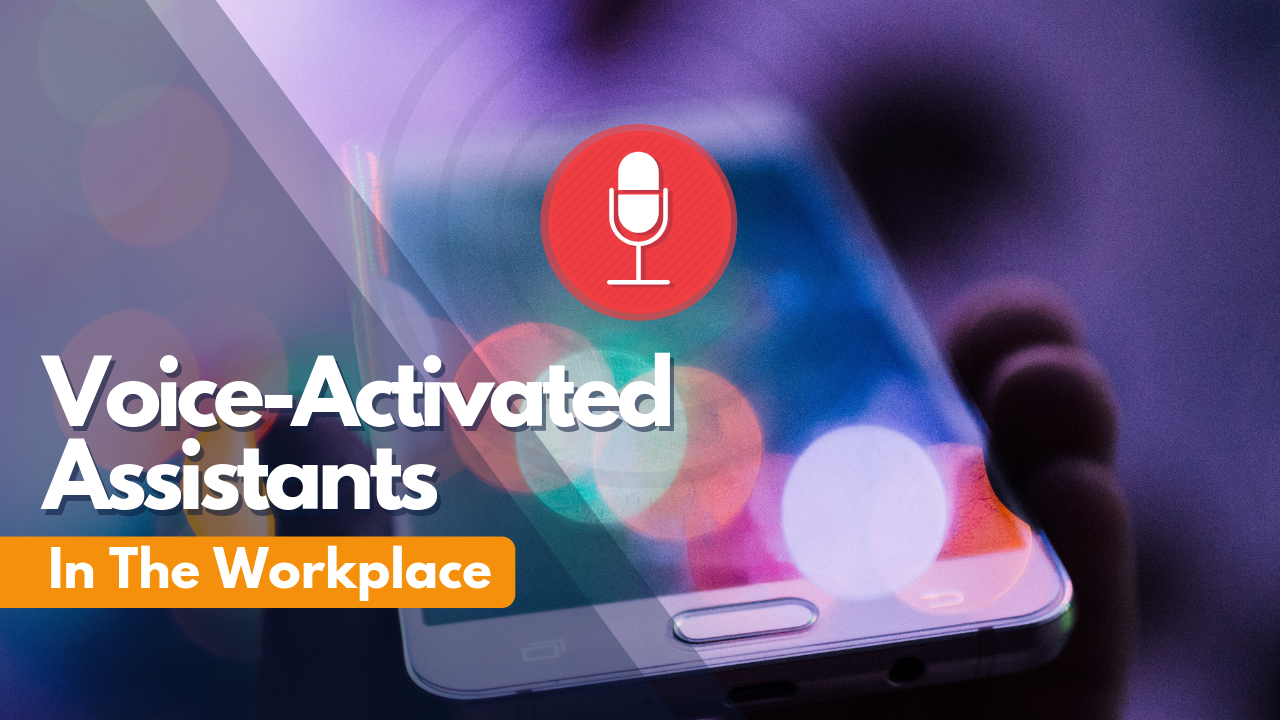Voice-activated assistants are increasingly entering the workplace.
A new conversational smartphone app from JLL is due to launch later this year.
Other AI-enabled offerings are poised to enter the enterprise market.
While Alexa, Siri and other such voice-activated assistants are increasingly prevalent technologies in our day-to-day lives, they have had a limited impact on our workspaces. But this is about to change.
According to research house Gartner, less than four percent of organisations have deployed conversational interfaces, including chatbots. However, by 2020, it predicts more than 50 per cent of medium to large enterprises will have deployed product chatbots.
This rise of the chatbot is, in part, thanks to advances in artificial intelligence (AI) and natural language processing (NLP), enabling machines to converse in a more human way.

For example, in 2016, Google reduced errors in its Google Translate software by 60 percent by incorporating deep neural networks into its software. We’ve also reportedly seen the word error rate for voice recognition systems drop from 43 percent in 1995 to just over six per cent nowadays, which is equivalent to human error rates.
In the workplace, professional services firm JLL recently launching its AI-powered conversational smartphone app, JiLLTM. You can text or chat with the app to set up a meeting, locate your colleagues or find a desk. JiLL is being piloted this summer and will be generally available to JLL’s US customers later this year.
P&G plans to pilot JiLL in the coming months. Speaking in a statement, the multinational consumer goods company’s director-global of Business Services, Jim Pazzaglia, said: “We understand that our success is linked to attracting and retaining talent. Providing digital technologies that reduce employee friction points and resemble the functionality our employees are accustomed to using outside of work helps grow our organisational productivity.”
AI-enabled voice assistants certainly fit the bill to help streamline the world of work with more than 23,000 AI voice assistants predicted to be deployed for customer service applications between 2016 and 2022.
AI-enabled voice assistants also have the potential to do more than converse with staff or provide a self-service channel. They could also help train staff, carry out a range of HR-related duties and collect and analyse data on customer interactions and/or queries.
In fact, Gartner highlighted the three most common AI use cases in HR and recruiting:
- Talent acquisition – organisations with a high volume of candidates or looking for a specialist skill set are likely to use AI to help filter their search.
- Voice of the employee – (VoE) analytics could be used to monitor employee engagement through staff surveys, social media feeds or conversations in internal collaboration tools.
- HR virtual assistants – where chatbots are put in place of customer contact centres or help desks.
However, research reveals workers are still wary of AI. Some 73 percent are unlikely to trust conversational AI platforms to make simple calls for them.
So, for AI voice assistants to reach full autonomy in the workplace, we may have to get over our own human bias first.


 Dr. Gleb Tsipursky – The Office Whisperer
Dr. Gleb Tsipursky – The Office Whisperer Nirit Cohen – WorkFutures
Nirit Cohen – WorkFutures Angela Howard – Culture Expert
Angela Howard – Culture Expert Drew Jones – Design & Innovation
Drew Jones – Design & Innovation Jonathan Price – CRE & Flex Expert
Jonathan Price – CRE & Flex Expert












